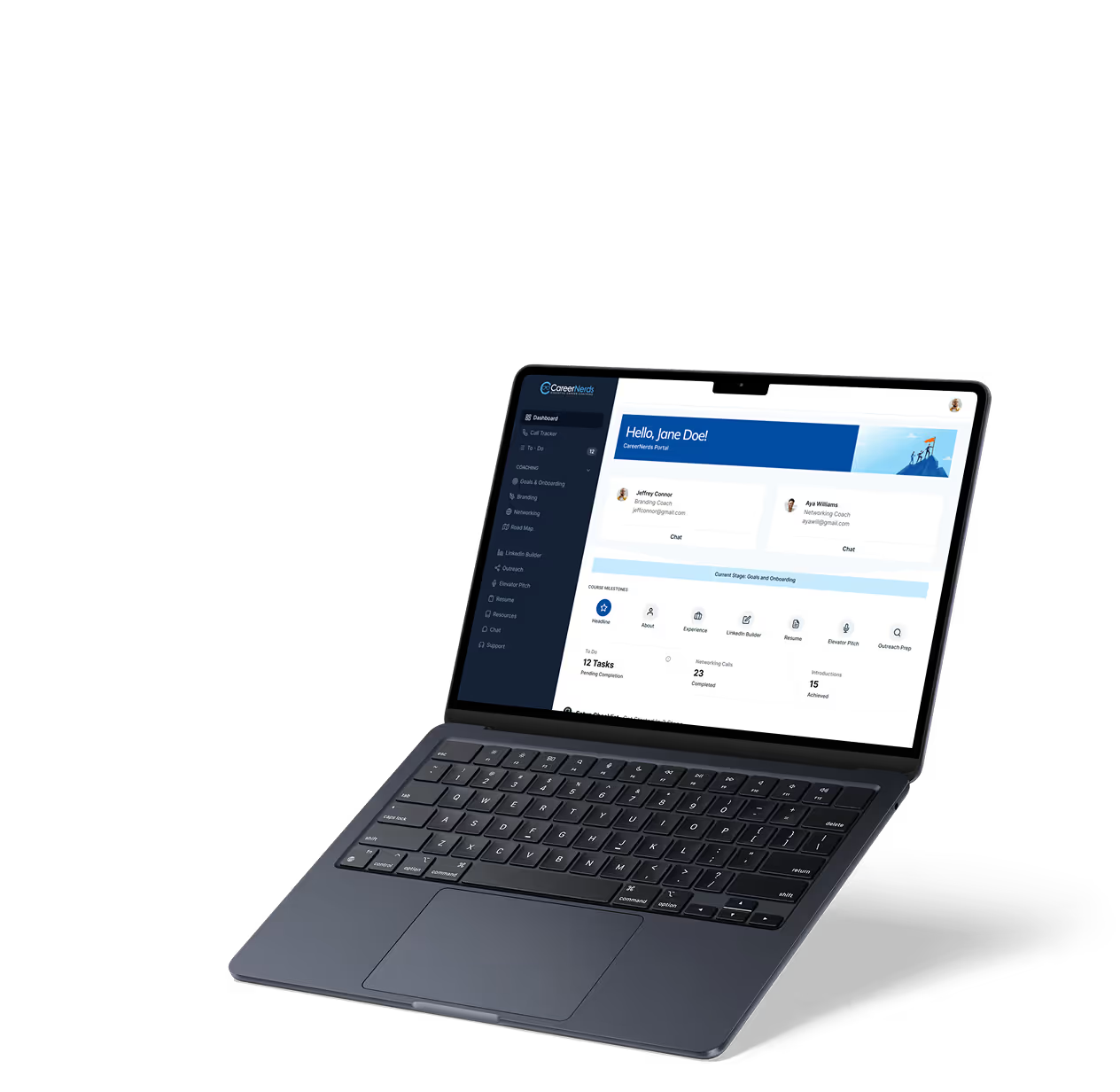Fast Feedback in MVP
MVP
Learn how fast feedback in MVP accelerates product success by improving features and user experience quickly.
Introduction to Fast Feedback in MVP
When you build a minimum viable product (MVP), getting fast feedback is key to success. It helps you understand what users really want without wasting time or money. You can quickly learn what works and what doesn’t.
Fast feedback means collecting user opinions and data early and often. This lets you improve your product step-by-step. In this article, you’ll discover why fast feedback matters and how to use it effectively in your MVP journey.
Why Fast Feedback Matters in MVP development
Fast feedback helps you avoid building features no one needs. Instead of guessing, you get real user insights. This saves resources and guides your product in the right direction.
By acting on feedback quickly, you can:
- Fix bugs before they grow
- Improve user experience based on real needs
- Test new ideas with less risk
- Build customer trust by showing you listen
For example, Glide apps let you launch simple prototypes fast and gather user reactions. This approach helps teams adjust features before full development.
Methods to Collect Fast Feedback in Your MVP
There are many ways to get quick feedback. Choose methods that fit your product and audience.
- User Interviews: Talk directly to users to understand their problems and reactions.
- Surveys and Polls: Use tools like Typeform or Google Forms for quick responses.
- Analytics Tools: Platforms like Mixpanel or Firebase show how users interact with your MVP.
- Usability Testing: Watch users try your product to spot issues.
- Social Media and Forums: Gather opinions from communities related to your product.
For no-code builders, tools like bubble and FlutterFlow allow you to deploy MVPs quickly and integrate feedback loops easily.
How to Implement Fast Feedback Loops Effectively
Creating a feedback loop means you collect, analyze, and act on feedback continuously. Here’s how to do it:
- Set Clear Goals: Know what you want to learn from users.
- Choose the Right Tools: Use no-code platforms and feedback apps that fit your workflow.
- Prioritize Feedback: Focus on changes that impact user experience most.
- Communicate Changes: Let users know you’ve heard them and made improvements.
- Repeat Often: Keep gathering feedback after every update.
Make.com and Zapier can automate feedback collection and notifications, speeding up your loop.
Examples of Fast Feedback in No-Code MVPs
Many startups use no-code tools to build MVPs and get fast feedback. Here are some examples:
- bubble: A team built a booking app MVP and shared it with early users. They used surveys and analytics to improve the booking flow.
- Glide: A community platform was launched as a simple Glide app. User comments helped prioritize new features.
- FlutterFlow: A mobile app MVP was tested with a small group. Feedback led to UI tweaks and better onboarding.
These examples show how fast feedback helps refine products before scaling.
Challenges and Tips for Fast Feedback in MVP
Getting fast feedback isn’t always easy. You might face:
- Low Response Rates: Users may ignore surveys or interviews.
- Conflicting Opinions: Different users want different things.
- Analysis Paralysis: Too much feedback can overwhelm your team.
To overcome these, try:
- Making feedback easy and quick to give
- Grouping feedback by themes to find common needs
- Focusing on the most urgent or frequent issues first
Remember, fast feedback is about learning and adapting, not perfection.
Conclusion: Embrace Fast Feedback to Build Better MVPs
Fast feedback is a powerful tool that helps you build MVPs that users love. By listening early and often, you reduce risks and improve your product step-by-step.
Use no-code tools and smart feedback methods to speed up your learning. This way, you can focus on what really matters and grow your product with confidence.
FAQs
What does fast feedback mean in MVP development?
Why is fast feedback important for MVP success?
What are common ways to gather fast feedback?
How can no-code tools help with fast feedback?
What challenges might I face with fast feedback?
How do I prioritize feedback for MVP improvements?
Related Terms
See our numbers
315+
entrepreneurs and businesses trust LowCode Agency
Investing in custom business software pays off
he team at LowCode Agency didn't just build an app, they transformed how we approach client management. They took the time to understand our methodology and created a solution that enhanced rather than replaced what made us successful.
75%
reduction in time spent on client management through automation
40%
increase in coach productivity within the first month

Tom Kent
,
Founder & CEO
Career Nerds



%20(Custom).avif)